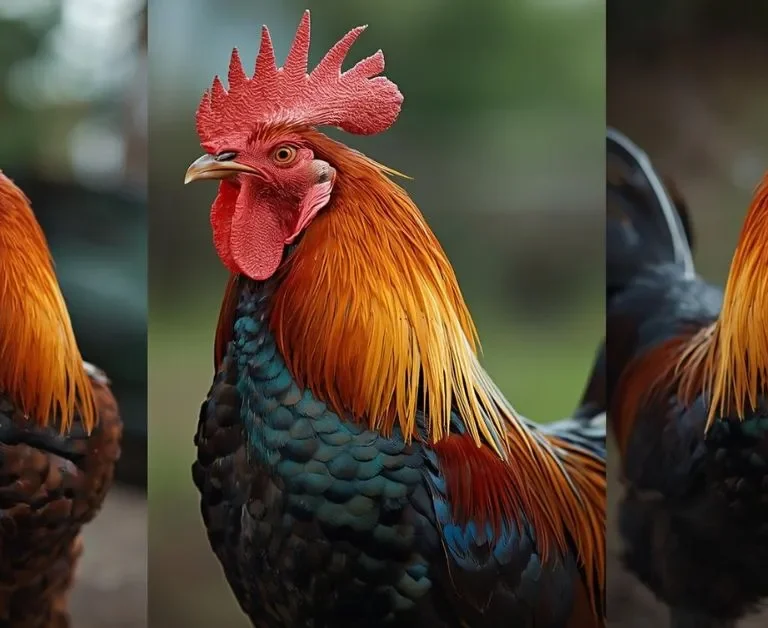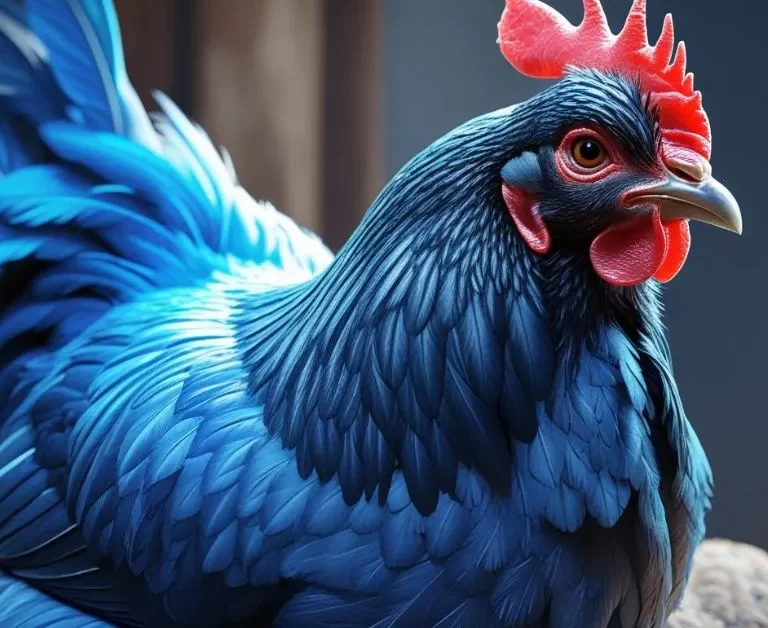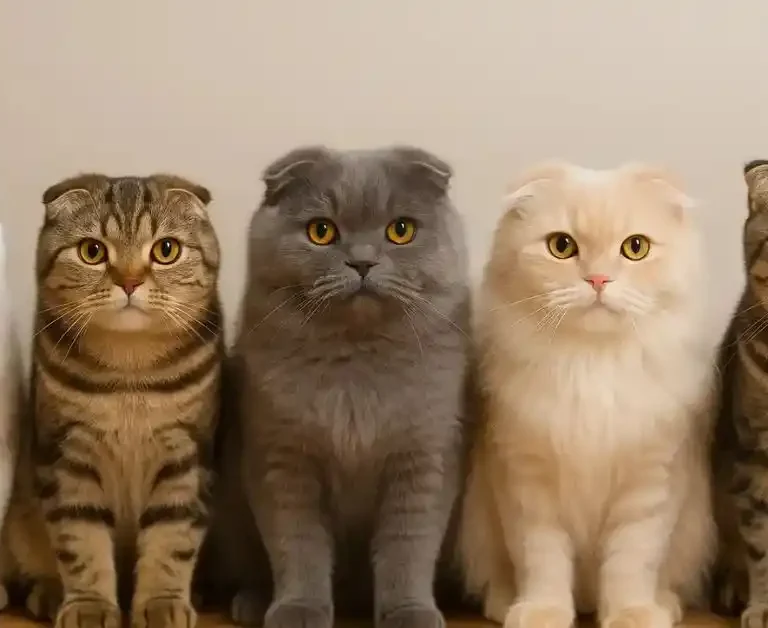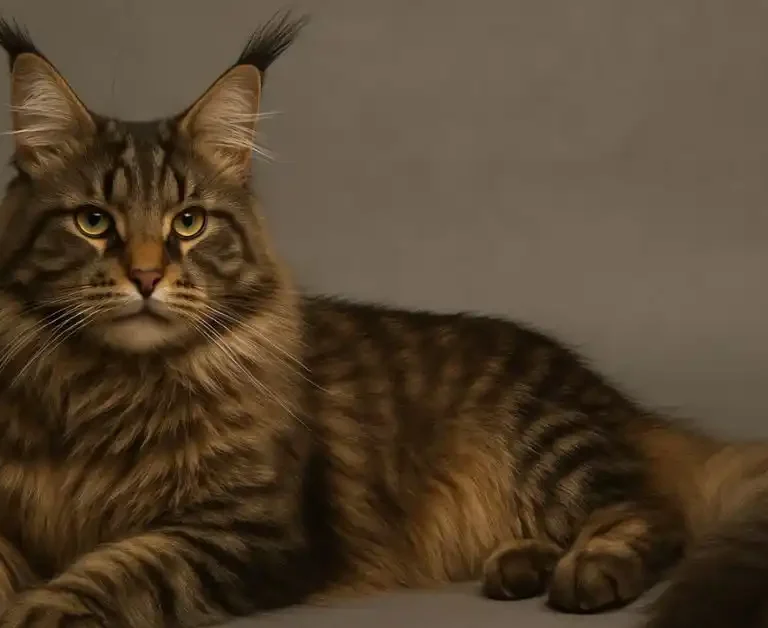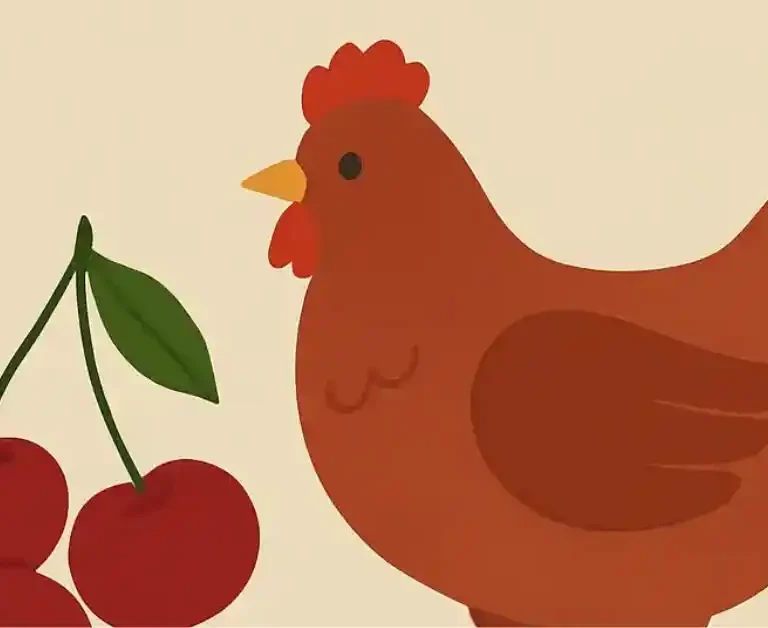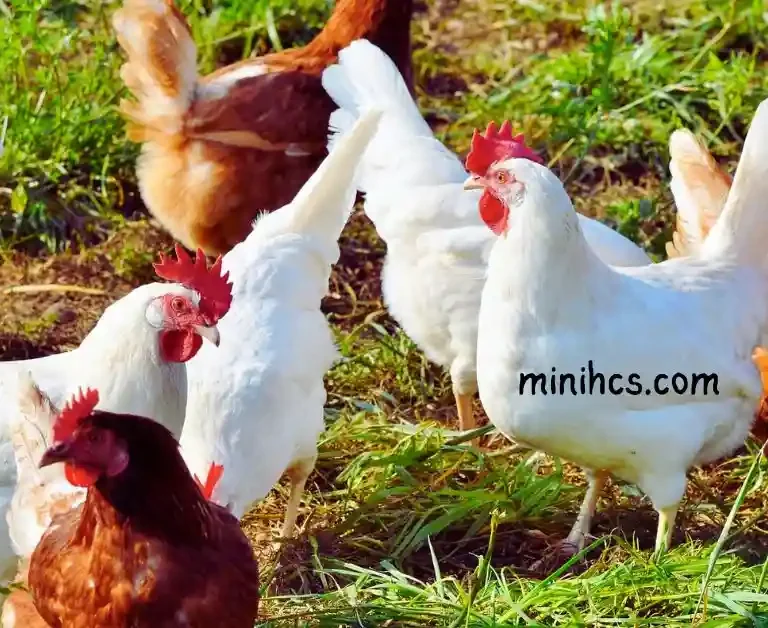15 Best Types of Roosters for Your Flock
Roosters, also known as cocks or male chickens, are essential members of any chicken flock. Not only do they provide protection and leadership for their hens, but they also play a crucial role in breeding and reproducing healthy chicks. With hundreds of Rooster breeds to choose from, selecting the best one for your flock can…
